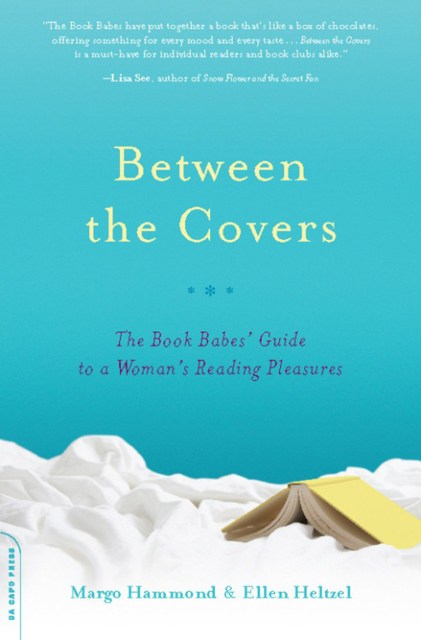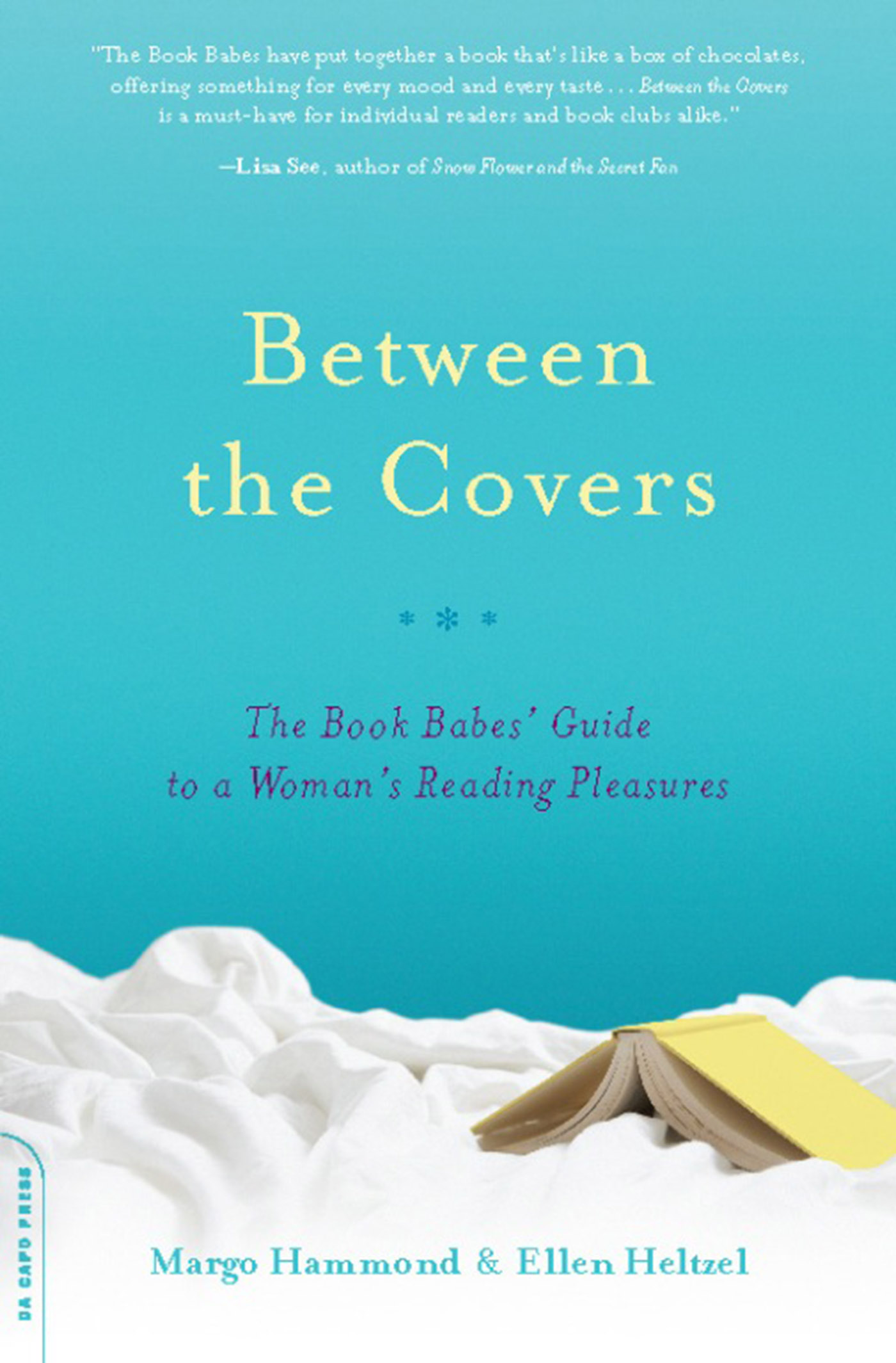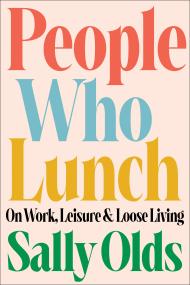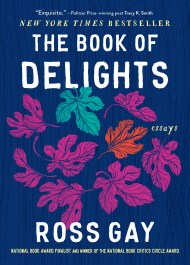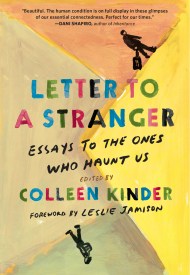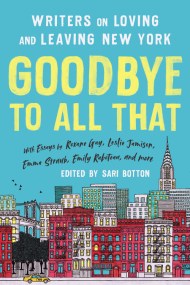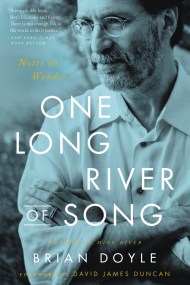Promotion
Shop now and save 20% on your back-to-school purchases & get free shipping on orders $45+ Use code: SCHOOL24
Between the Covers
The Book Babes' Guide to a Woman's Reading Pleasures
Contributors
By Ellen Heltzel
Formats and Prices
Price
$11.99Price
$15.99 CADFormat
Format:
ebook $11.99 $15.99 CADThis item is a preorder. Your payment method will be charged immediately, and the product is expected to ship on or around November 11, 2008. This date is subject to change due to shipping delays beyond our control.
Also available from:
With wit and wisdom, the bibliophile's Ebert & Roeper recommend more than 600 books based on what women care about most. Between the Covers is organized around their wide-ranging curiosity—about themselves, friends and family, the larger world—and their concerns, from health to sex to managing their finances. With such sections as “Babes We Love” (Role Models Real and Imagined), “The Babe Inside” (Focusing on Body and Soul), and “Love, Sex & Second Chances,” this unique collection of fiction and nonfiction reflects how women really read.
Genre:
- On Sale
- Nov 11, 2008
- Page Count
- 296 pages
- Publisher
- Da Capo Press
- ISBN-13
- 9780786727001
Newsletter Signup
By clicking ‘Sign Up,’ I acknowledge that I have read and agree to Hachette Book Group’s Privacy Policy and Terms of Use
